BMW 330e plug-in hybrid: Definitive review and buyer's guide
If a full battery EV is too scary (or impractical) for you, and internal combustion is too philosophically filthy, then maybe the BMW 330e plug-in hybrid can bridge the gap…
This car is interesting, because it will function as a battery-only EV that you plug in overnight, and it’ll run you around town, mostly on battery, for short distance commutes.
And then, if you want to drive from Sydney to Brisbane, or something, no logistic planning is required. Just run it all the way on petrol.
It’s a plug-in hybrid, as opposed to a Toyota-style regen-only hybrid. But what does that even mean, really?
I spent a week in the 330e, and I mainly drove it around town - got out on the highway a couple of times. Plugged it in at home, a few times. So, dynamics, comfort, luxury - it’s a 3 Series, meaning very good.
Very driver focussed. Excellent rear-drive dynamics package, great steering and ride. Bit of a learning curve, if you’re new to the latest iteration of BMW user interface, but ultimately very configurable, and you can store your preferences in your key, which is great.
Ergonomics are stellar with this car - nice fat wheel, excellent shifter operation (again: learning curve). Impossibly comfortable and supportive seats. List goes on.
3 Series kinda bigger than a small car, and smaller than a big car. Family friendly - but the boot’s a bit small for two young kids. (Their gear. I’m not suggesting you put two toddlers in the boot - that’s irresponsible and somewhat creepy.)
New instrument cluster - take it or leave it. I’m an old ‘analogue’ guy, but you might love it. It’s dripping in information and changes colour with the drive modes, and it even has a ‘minimalist’ mode you can invoke in the menus if you just want the basics. And you can project the nav between the speedo and the tacho. Not going to focus too much on all this stull today - because all of that is as you’d expect. And it’s more or less common to 3, 4 and 5 Series.
BMW is very serious about its ‘ultimate driving machine’ mantra, and they did not drop the ball with this one. One point of difference is that the 330e is made in Germany, versus in Mexico for the rest of the 3 Series range. (Except the M3 - it’s German-made, too.)
As for competitors, if you look at the Lexus IS300h, you only get about two kilometres of EV range, on a good day, with the wind in the right direction. That’s because the Lexus not a plug-in, and there’s only so much energy you can recoup using regenerative braking. So that means: Smaller battery; smaller electric powertrain. Little engine that couldn’t, more often than not.
The Three-pronged Suppository has a C300e, which has a more powerful 155kW 2.0 turbo four and a 13.5kWh battery, with a slightly more powerful electric motor. It’s also line-ball on price, carries 10 litres more fuel, but it’s made in South Africa.
So in summary, the C300e has about 15 per cent more internal combustion engine performance and about 30 per cent more electrons in the tank.
But owning a Mercedes in Australia does tend to be a roll of the dice. This would be my main reservation with that. Because if something does go wrong, it’s like requesting humanitarian aid from the Death Star.
BMW, on the other hand, tends actually to treat you like a valued customer, so that’s a point of difference. It shouldn’t be, but it is.
MORE RESOURCES FOR EV & HYBRID BUYERS
Hyundai Kona Electric - what's living with a battery-powered SUV really like? >>
Answering your electric vehicle questions (after 10,000km in a Kona EV) >>
Kona EV and fat Michelin tyres: A sub-$1000 bang-for-buck dynamics hack >>
The truth about Outlander PHEV battery life and support >>
My AutoExpert AFFORDABLE ROADSIDE ASSISTANCE PACKAGE
If you’re sick of paying through the neck for roadside assistance I’ve teamed up with 24/7 to offer AutoExpert readers nationwide roadside assistance from just $69 annually, plus there’s NO JOINING FEE
Full details here >>
What is a ‘Plug-in Hybrid’?
Do you really know the difference between a conventional hybrid and a plug-in hybrid. And where these two sit on the broader spectrum of hybrid versus internal combustion?
Let’s get on the same page…
Internal combustion is simply a propulsion with an energy storage system, called a fuel tank. The battery electric vehicle is remarkably similar, except instead of an engine as propulsion, it uses an electric motor, and the energy storage ‘fuel tank’ is a battery which holds electrons.
You either fill up your EV or ICE vehicle with electricity from the wall or liquid fuel from the bowser.
But there’s an engineering hack with EVs called regenerative braking, which reverses the powertrain to turn the motor into a generator when under braking to recover kinetic energy otherwise lost with internal combustion through heat. You can catch some of that energy in an EV.
In a conventional hybrid, you have both an ICE and electrical propulsion system, but it only does a small amount of propelling. Instead, it’s there to do the regenerative braking energy capture hack, and gives it back to be used where it would otherwise have been lost. It’s an assistant.
A plug-in hybrid, while systematically similar, philosophically they’re very different.
PHEVs play a much more active role in propelling the car. It can give you more power, greater propulsion, additional tractive effort.
The electrical side makes a big difference to EV-only modes in vehicles like this (or Mitsubishi Outlander PHEV).
One of the really interesting things about PHEVs is the fact you get additional performance.
The 330e has similar performance to the 330i, and is tuned almost exactly the same as a 320i.
So when you add the electric side of the drivetrain, you add performance. This is interested when you select ‘Sport’ which changes the operational characteristics like shift-points on the transmission, throttle response and steering weight etc.
But it also uses the internal combustion to keep the battery topped up from the alternator, which means you have maximum performance available - because you have maximum power from the battery. (Power, of course, is energy use over time - the more energy you can use in a given timeframe, the more power you have available.)
However, everything is kicked in the nuts by the second law of thermodynamics. Every time you do a process, you get less available energy.
So it’s a spectacularly inefficient way to keep a battery charged. Process:
Run liquid hydrocarbons through an internal combustion engine;
Drive a pulley;
Drive an alternator to convert mechanical rotational into electricity;
Recharge the battery.
But in ‘Sport’ mode, do you really care about efficiency? Probably not. You want performance.
The 330e is configured to perform, not champion fuel-saving.
Battery Ram: Going plug-in adds heft
Turning a 320i into a 330e is not without a weight penalty.
It adds 300kg of additional mass - the battery, the motor-generator, the inverter, a charger - it all adds up, and packaging all of that up appears to have compromised the fuel tank capacity, which is down to 40 litres. (Tank capacity is 59 litres in the other 3 Series).
You also lose about 100 litres of boot space (the cargo bay floor is slightly higher to package the battery).
So, the bottom line is that the 330e offers about the same performance as the 330i (if the battery is full) but it costs about $8000 more (and it’s easy to see why, adding a battery and motor). But it’s not quite as good and it’s a lot more complex.
On total range, BMW is keen to tout the purported ‘up to 1800km’ of total range, but there must be some very specific, and (I assume) unrealistic operation used to achieve that.
In practice, you’ll probably get about 6L/100km, so call it 650 kays on a tank, plus 40-50km from a full battery. If you drive really gently, without being an OCD hyper-miler, you might get 700km out of a full tank and a full battery.
BMW says you can achieve ‘up to 60km’ in battery-EV mode - but with the A/C and other optional systems on, it’s more like 45 (which is enough for most commutes). The first time I plugged in and charged up, the car’s computer decided we had 46 kays of EV range.
So, 40km/day x 365 days = about 17,000km/year, which is above average mileage for Australian cars, pre-COVID. Many people could, hypothetically, do nearly all of your driving in EV mode, except for long trips. But there is a big, fat caveat on this…
Here’s an example to illustrate this point:
This a quote from Byron Mathioudakis, when he reviewed the 300e in CarsGuide in 2020.
Byron is a good bloke, and a very good journo, but that’s not exactly how this works. At the very least, it’s a gross oversimplification, because it’s not a case of deplete the battery first, and when flat, revert to the petrol engine - no. It’s significantly more complex than that.
Energy and power are related, but they’re not the same thing. Power has a time component, so the more energy you use in a given time means more power than if you were to use less energy in the same timeframe.
A battery is an energy storage system, so when you increase demand (push harder on the throttle) the supply is where power comes into play. When you use the energy quicker, you generate more power.
This BMW 330e system is designed to offer 53kW of power normally, or an 83kW XtraBoost mode for 10 seconds, which uses about ¼ kWh every time you do it. So there’s about 42 Pmax punches out of a bend before the battery is exhausted.
Recharge & Cost
Recharging the battery takes about six hours from dead flat using a 10-amp domestic outlet. I also tried it using my wall-mounted 7.7kW EV recharger (same plug) and that dropped to 3.5 hours. So that means, on a standard 10-amp wall outlet, it’s recharging at around 2.4kW. Seems like the internal charger is maxxed out at about 4kW.
Obviously, maximum recharging rates are tailored around thermal management and battery longevity.
The battery itself is big for a hybrid or small for a battery-only EV. It’s 10.5kWh, which is a lot of electrical energy. Electricity costs roughly 26 cents per kilowatt hour, so the re-charge each night, if that’s how you roll, is about $2.60 - not that you care, because you are dropping the best part of $100k on a car here. But it is cheaper than petrol.
The standard recharging cable is about five metres long. It comes in a bag with these helpful instructions in case you’ve never put a bag in the boot of a car before.
And the cable comes with these impossibly elegant and even more helpful instructions and precautions, in case you’ve never plugged anything electrical into a wall outlet before. So that’s comprehensive. Thanks, BMW.
But when I consider that cable in a bag, frankly, when I look at the overarching commitment to elegance and design sophistication elsewhere in this car (I’m being quite sincere, seemingly no stone left unturned to make this car beautiful) it just gobsmacks me that the re-charging cable is so impossibly inelegant.
I mean, even the key on this car is a friggin’ work of art. But the re-charging cable - something you’ll use, potentially, most days - looks like an explosion in a Russian cable factory.
Are we seriously suggesting that this is the best design execution a team of BMW’s best industrial design brainiacs can come up with? (And, yeah, I appreciate that cables carrying 2.4kW of alternating current really should not be coiled when in use because of the induction. But come on, dudes. At least make it look nice. They should talk to Apple.)
Shopping Spree
Any colour but solid white - $2000
Comfort Package (‘his & hers’ electric and heated front seats - driver with electric lumbar - mine had that - very nice - plus power boot) - $2080
Harman-Kardon premium audio: $1250 (16 speakers)
Visibility Package - ambient lighting, metallic paint, electric sunroof, laser headlamps (with actual lasers) - $5330-$6500 (actually pretty good value compared to ticking those boxes individually)
BMW ‘M’ seatbelts (with complimentary personal lubricant - free refills at the dealership, if the world were perfect - I know; it’s not, but a man can dream) - $560
Acoustic glazing - $400
Sun protection glazing - $800. Pro tip there: windscreens block about 98 per cent of UV radiation (mainly thanks to the polycarbonate laminate), but side glass is all over the place. There’s no standard. 50 per cent to 96 per cent, and there’s no way to tell. That’s UVA - the worst kind of UV from a ‘roasting your DNA’ perspective.
Instrument panel in Sensatec - $1250. I want the dudes in BMW interior design in Munich to whip me up a Sensatec jumpsuit - with a big, plunging neckline, and flares. I don’t know why.
Tyre pressure monitors - $550. (Kias come with this, standard, for half the price.) And it is kinda indefensible not having it standard, seeing as there’s no spare tyre. Like, you would want that.
There’s a bunch of trim options, too…
So, in this informal game of BMW 330e fantasy options bingo, we just spent about $12k. Un-optioned a 330e is about $93,000 on the road, including on-road costs. If you keep ticking those options boxes, it’s about $105,000.
It is, of course, somewhat easy to get carried away with all these goodies. People obsess. They make spreadsheets. Must have these wheels and the Sensatec jumpsuit. And the lube sounds nice. I’ll get those seatbelts. Whatever. Because it’s fun to stay at the YMCA. Can’t stop the music. Nobody can, dude.
But if you’re a little more flexible with the hair and makeup for your 330e, or any other prestige car, ask what the dealer has in stock. BMW tends to order the most popular combinations of all the goodies from the factory, and Dealers tend to stock those. And when a dealer takes delivery of a car from BMW, he owns it. Owning it costs him money. There’s an imperative to sell, therefore, and a consequential level of motivation to discount, which will not be forthcoming if you order a bespoke build from the factory.
So if you want a good deal, look for one that’s in stock, which more or less meets your requirements. You might not get the tangerine Sensatec jumpsuit of your dreams, but you might get almost everything else. And sometimes, less really is more.
Finally, who should buy this car? And who shouldn’t? The 330i is frankly a better choice if all you want is this level of driving performance. It’s $8000 cheaper, and it goes about the same (or a lot better if the 330e’s battery is flat, when you pull out to overtake).
People with $80-$100k to spend on a car don’t care about the cost of fuel - and spending $8000 more on a car to start saving money on fuel is economically absurd in any case.
So my take on this is: the 330e is Cinderella’s slipper for you if you mainly drive in the city and do occasional longer drives, and you want a small-ish large premium sedan (or a large-ish small one). And on those longer drives you don’t want to be obsessed with regional EV charging locations and range limitations and logistics.
I say this because, presently, regional EV re-charging infrastructure in Australia is inadequate for battery-only EV operation over long distances, except on select routes, like the busiest highways. The Hume and the Pacific are OK.
Of course, if you have a business or some sort of social footprint where environmental responsibility - and the perception of same - really matters to you, then the 330e is a pretty luxurious and reasonably speedy way to enjoy a car that conforms to those imperatives. Like, you can roll up in the general manager’s car space of some solar photovoltaic business in a 330e and not look like a total fraud. You could even plug in and make it pretty obvious you’re running the car off the sun.
In any case, 46 kays a day in EV mode is more than sufficient for many people to honour some commitment to cleaning up the air in our cities - and pollution kills more people prematurely than car crashes. In my view making some personal commitment to clean air is a pretty decent and socially altruistic reason to own a car such as this, without the inherent compromises of EV ownership.
The cynic in me also wants to point out that many places - like shopping malls … there’s a Mirvac one on Broadway in Sydney that does this, and they are not alone: To display their green virtue - which is hard for a shopping mall - they’ve installed these complimentary EV chargers…
Obviously, the concept is: you park, plug in and spend, upstairs. And of course, these parking spaces are close to the snack bar, so to speak. They’re not buried in the back corner of the basement. They are there for visual impact.
So, you buy a car like this, you can always find a front-row seat in a place such as this. This ‘preferential parking for the virtuous’ trend is likely to accelerate. And your new 330e is guaranteed to see you a member of Club Virtue.
Can’t wait for them to install that in my favourite gentlemen’s club in Kings Cross. The one in the penthouse, high above the Coke sign: Head in the Clouds. You’ve probably heard of it. Very highbrow, as these places roll. You might as well milk it, is what I’m saying. Like, you’re wearing the jumpsuit. You went for the special seatbelts. It’s no fun if nobody sees you getting in and out.



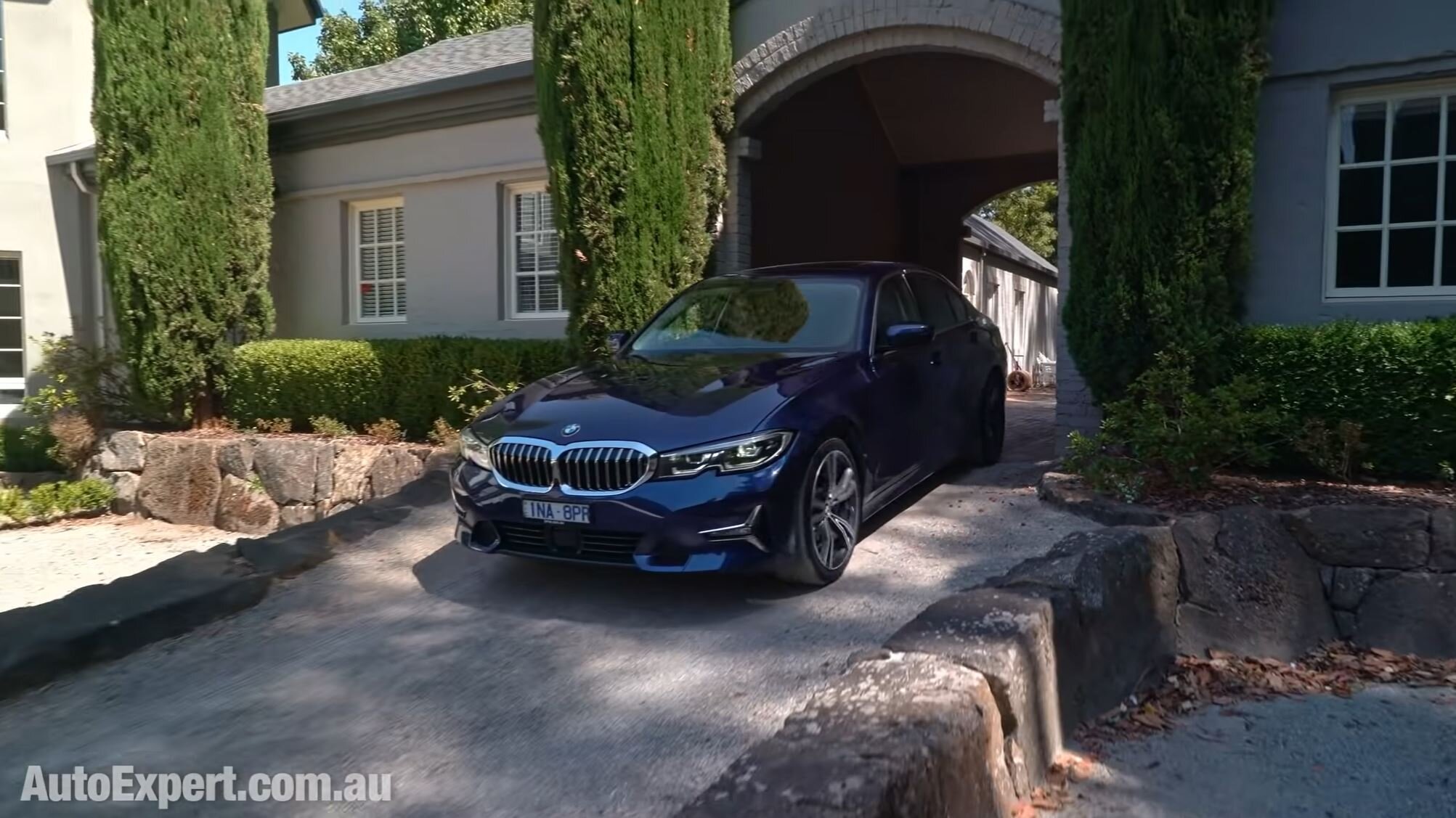
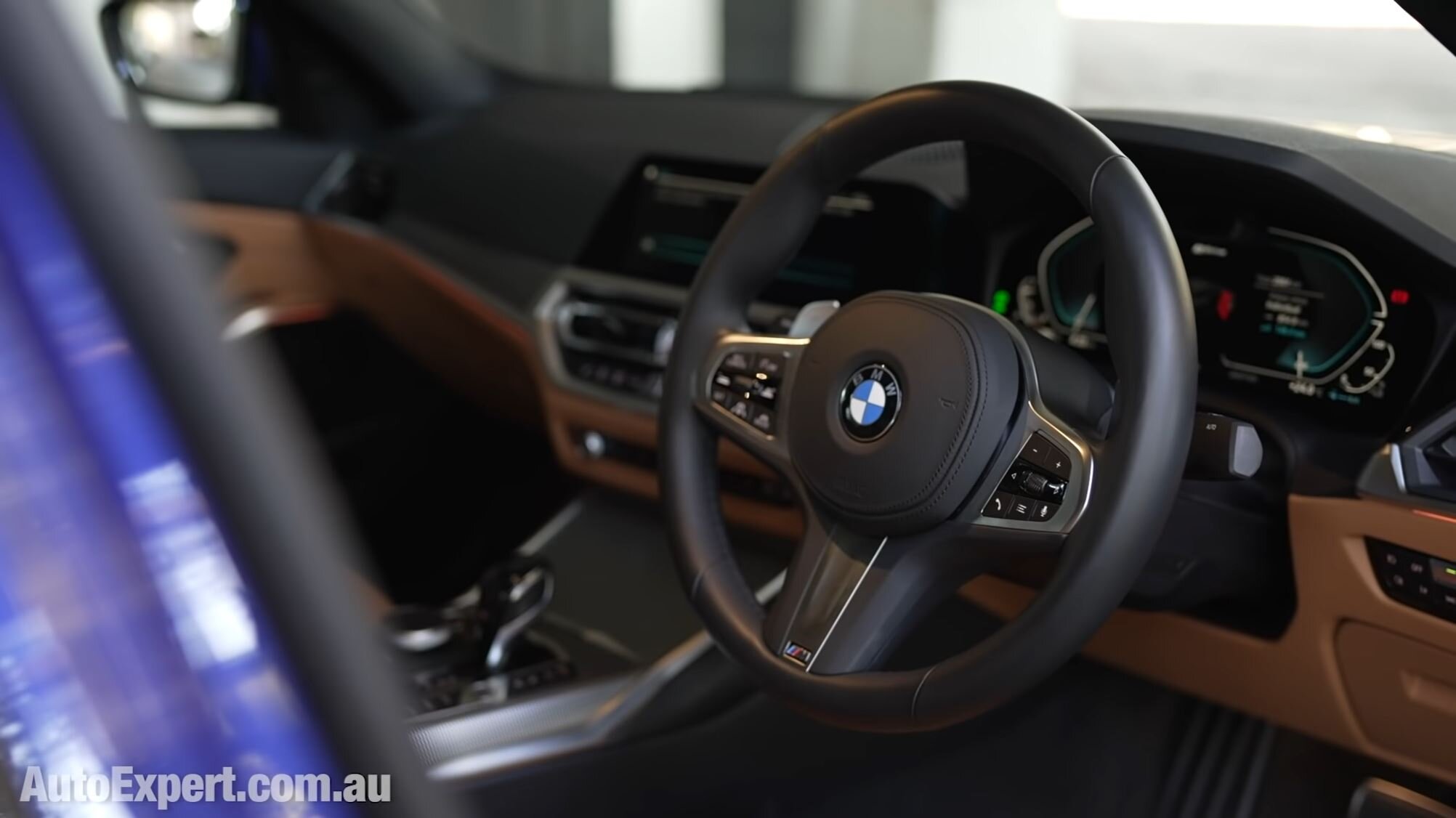
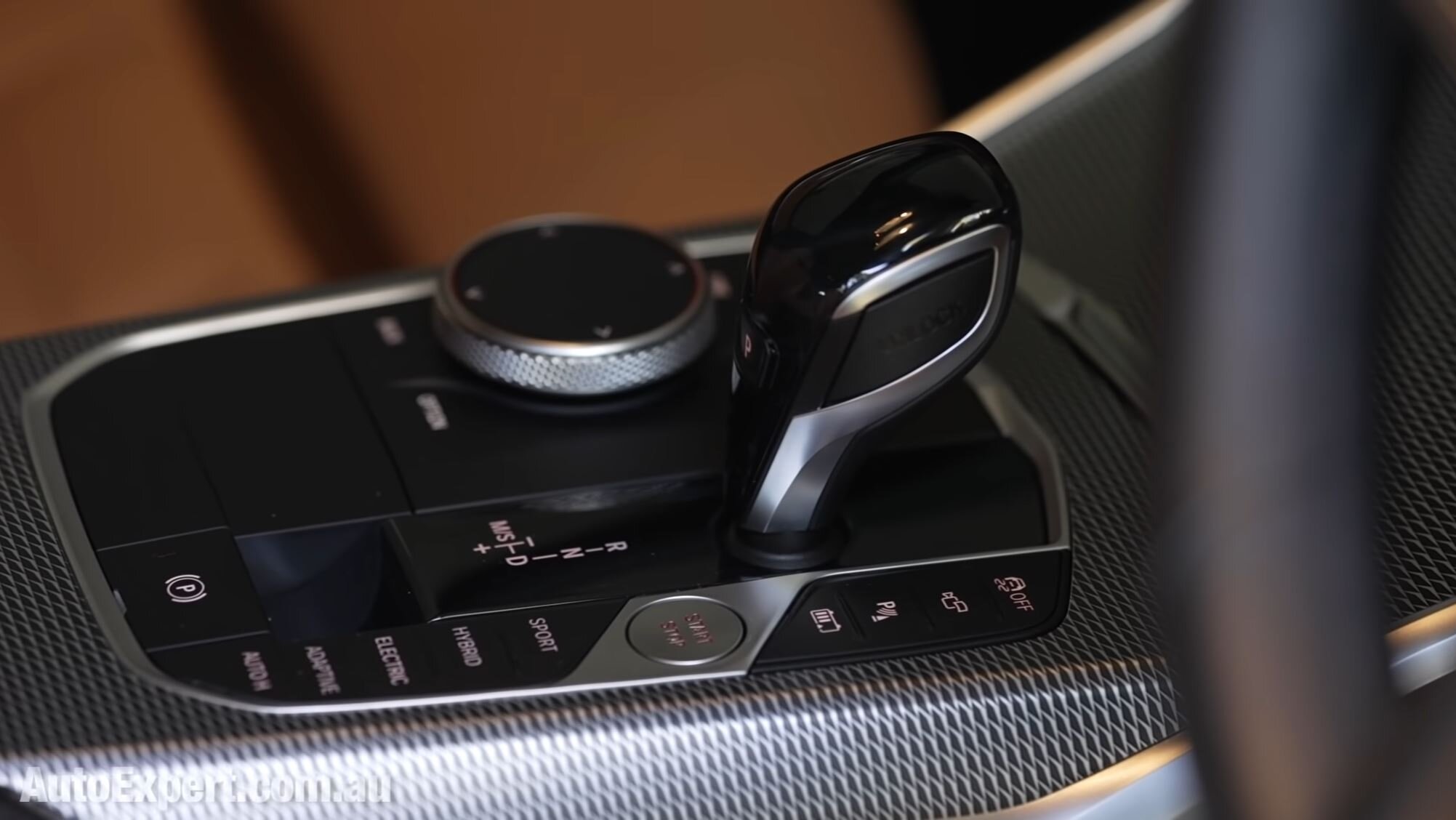
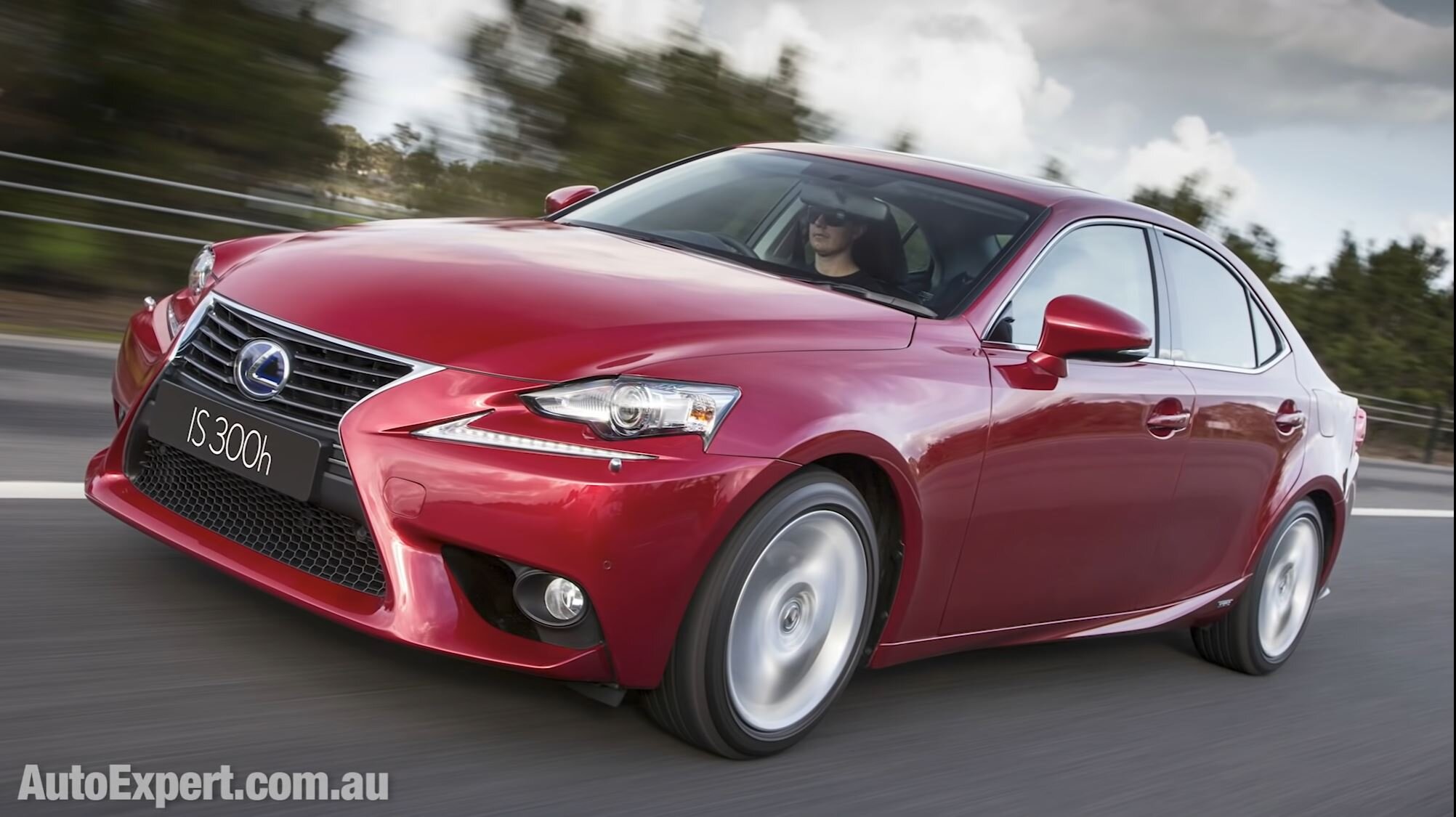



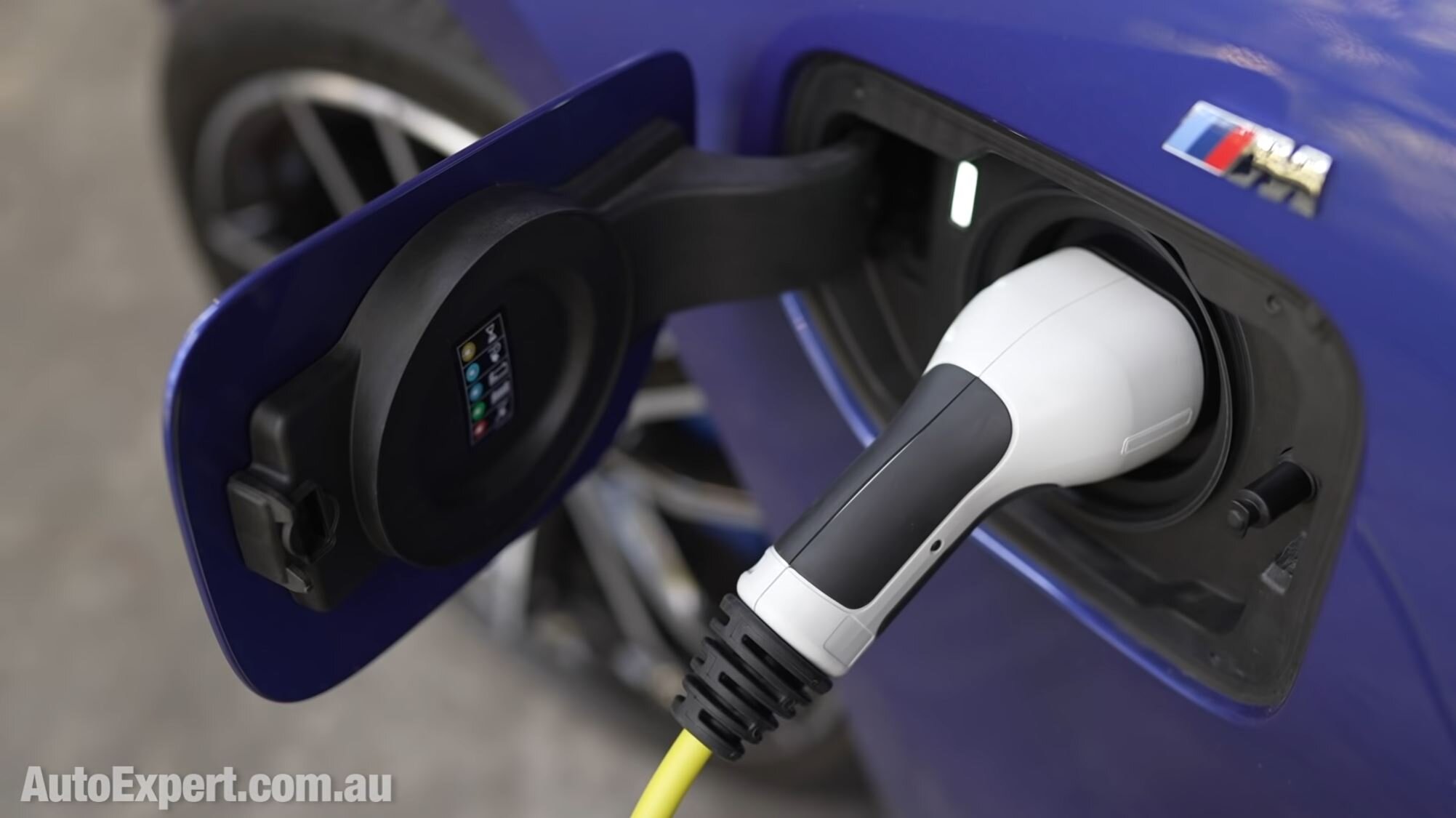
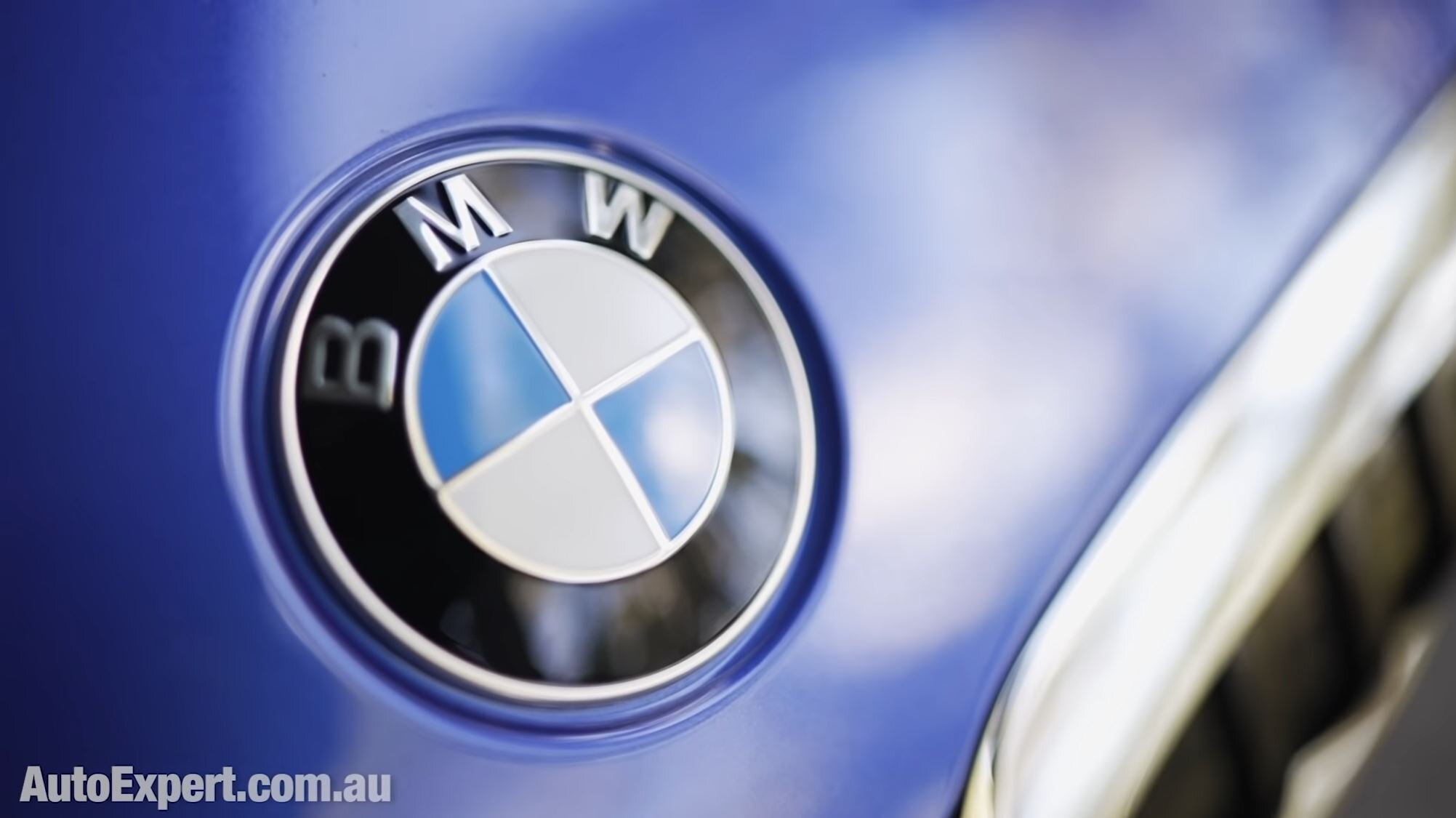
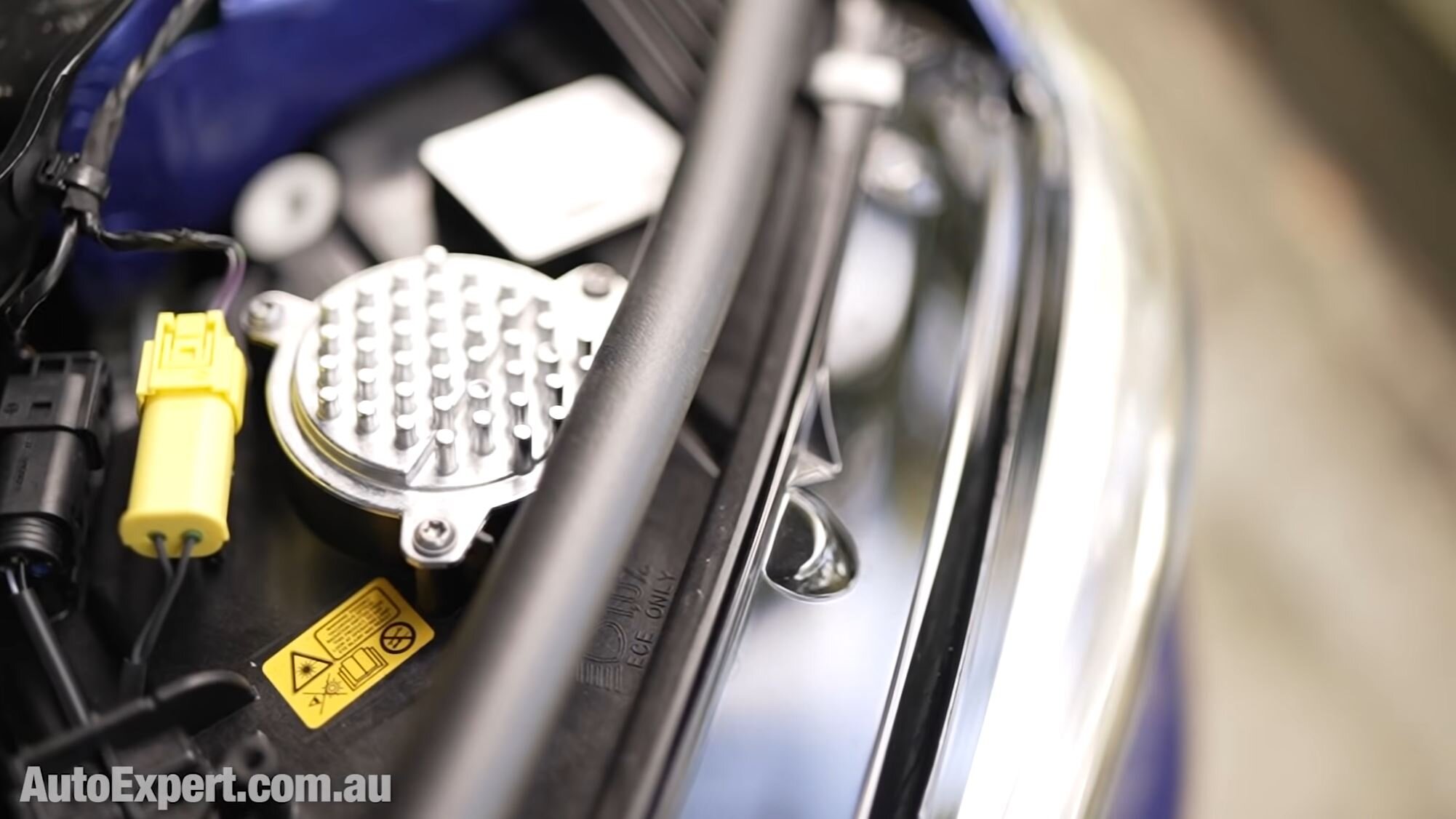



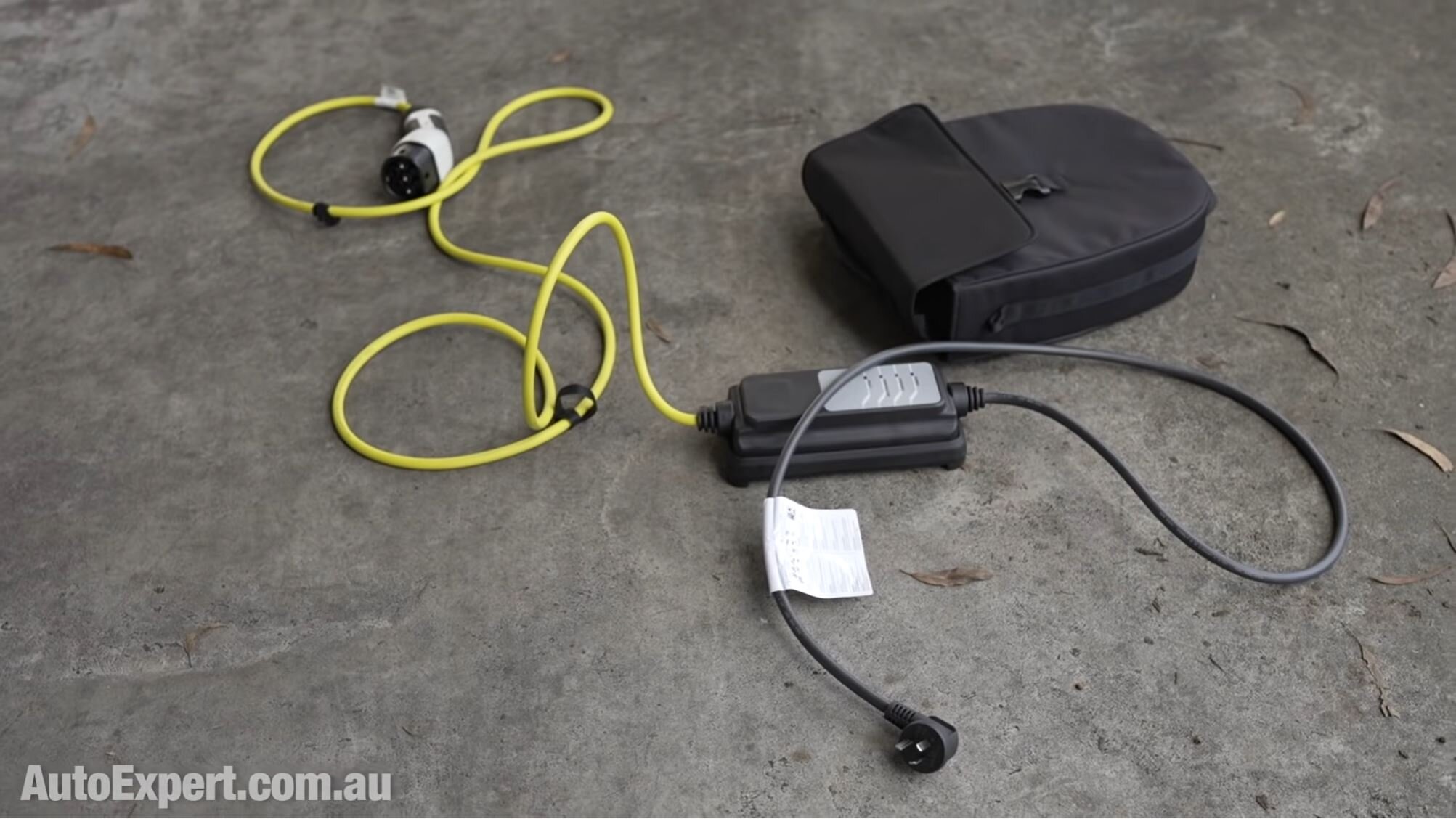


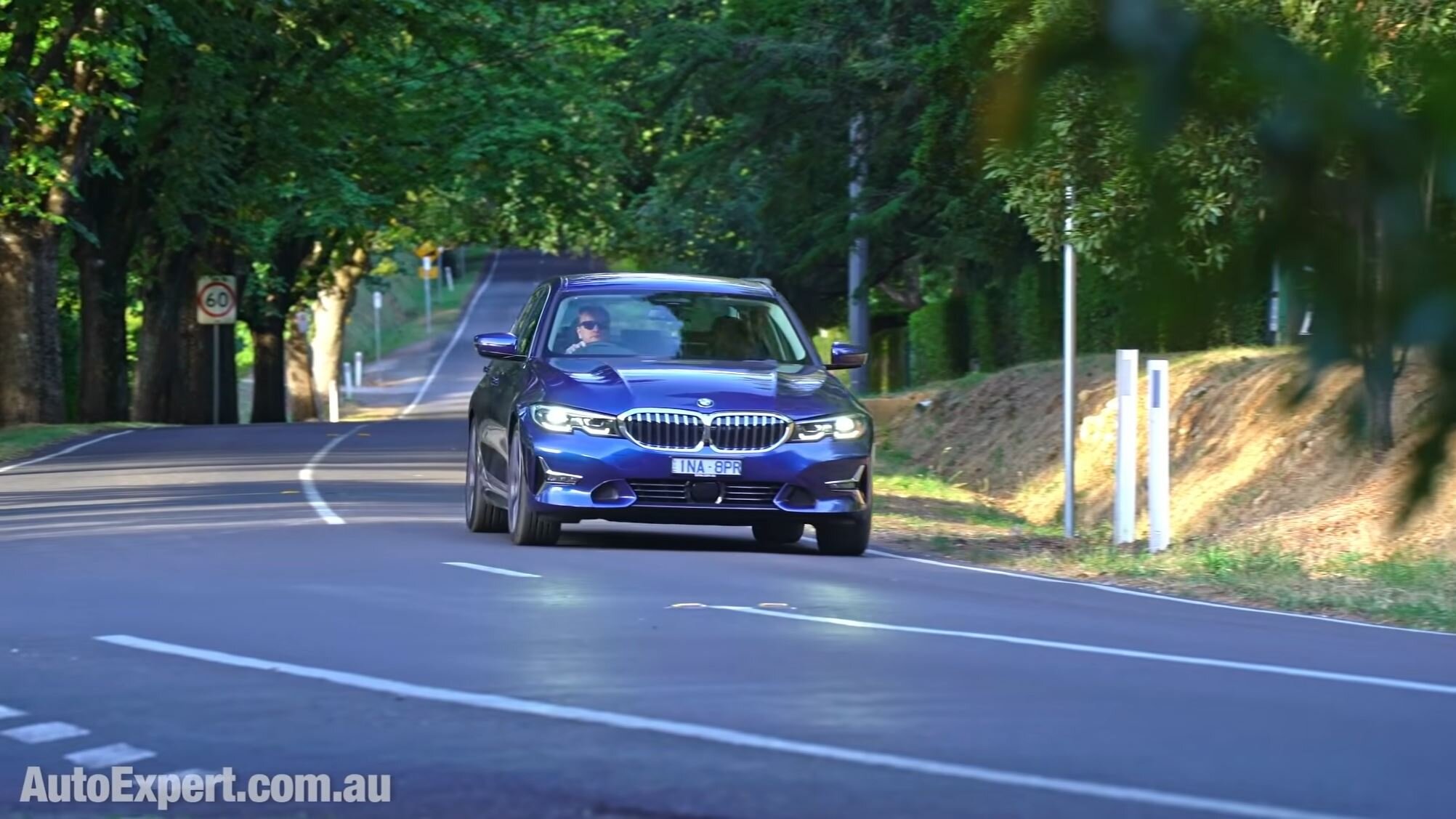
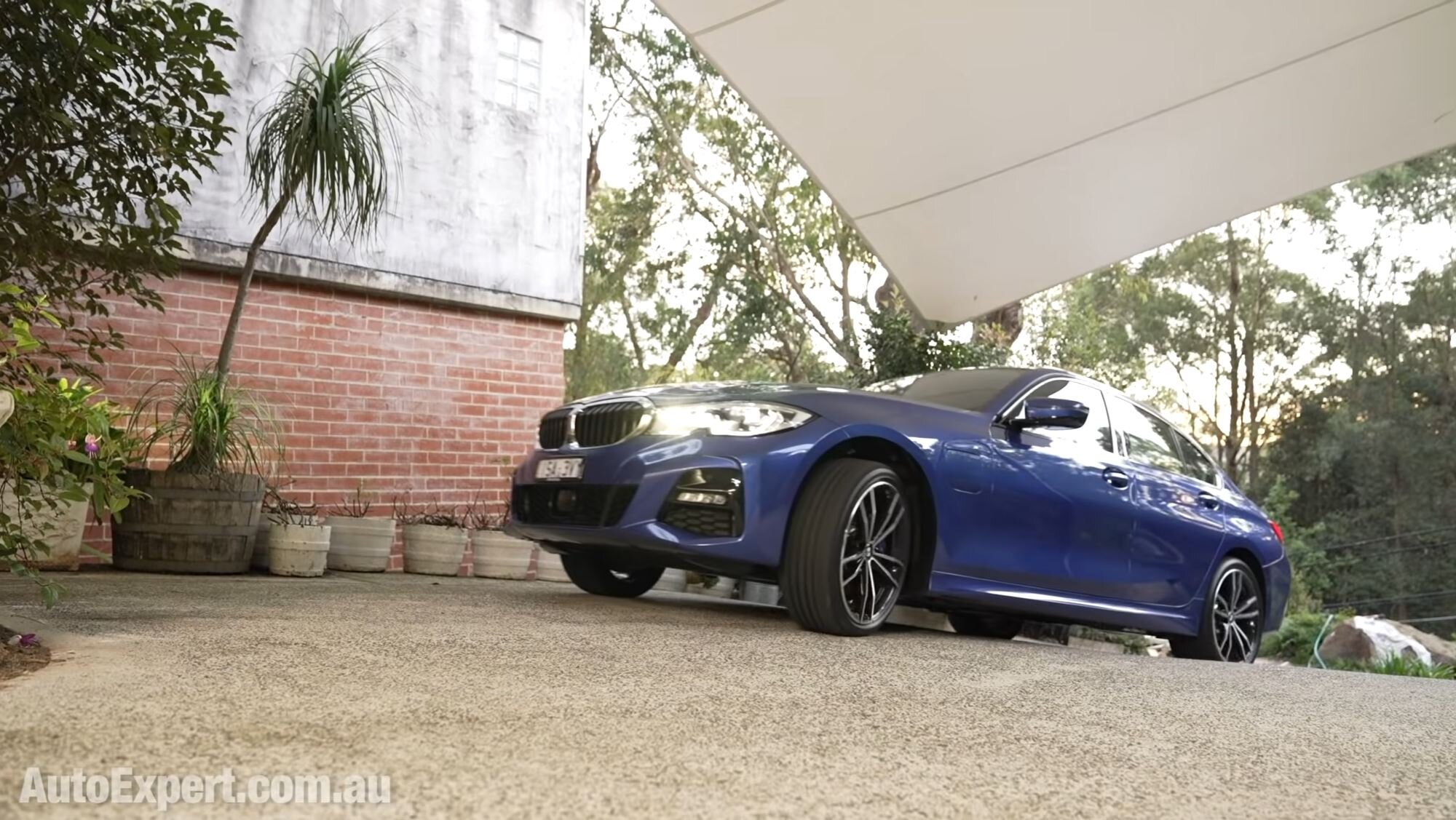
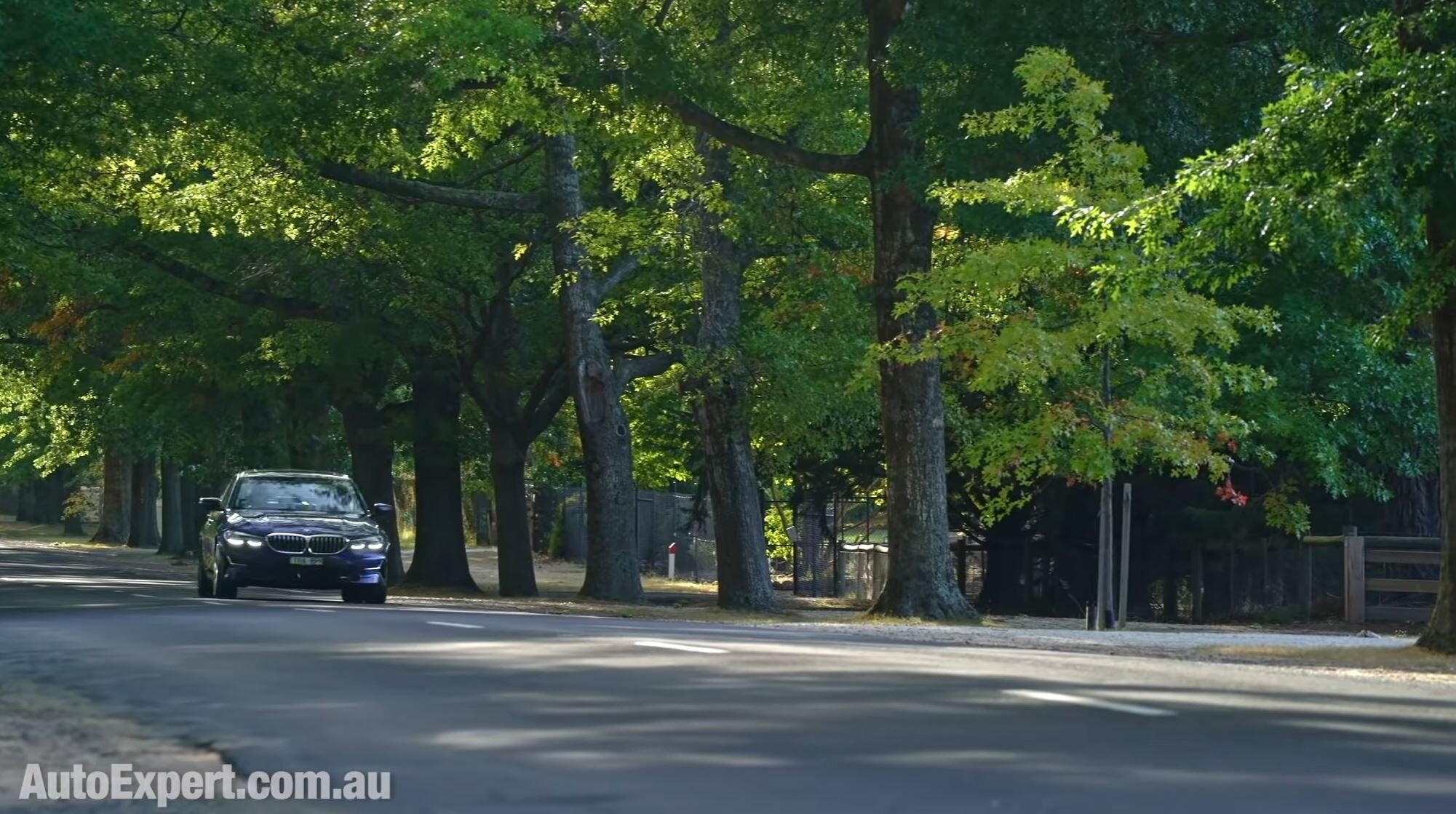
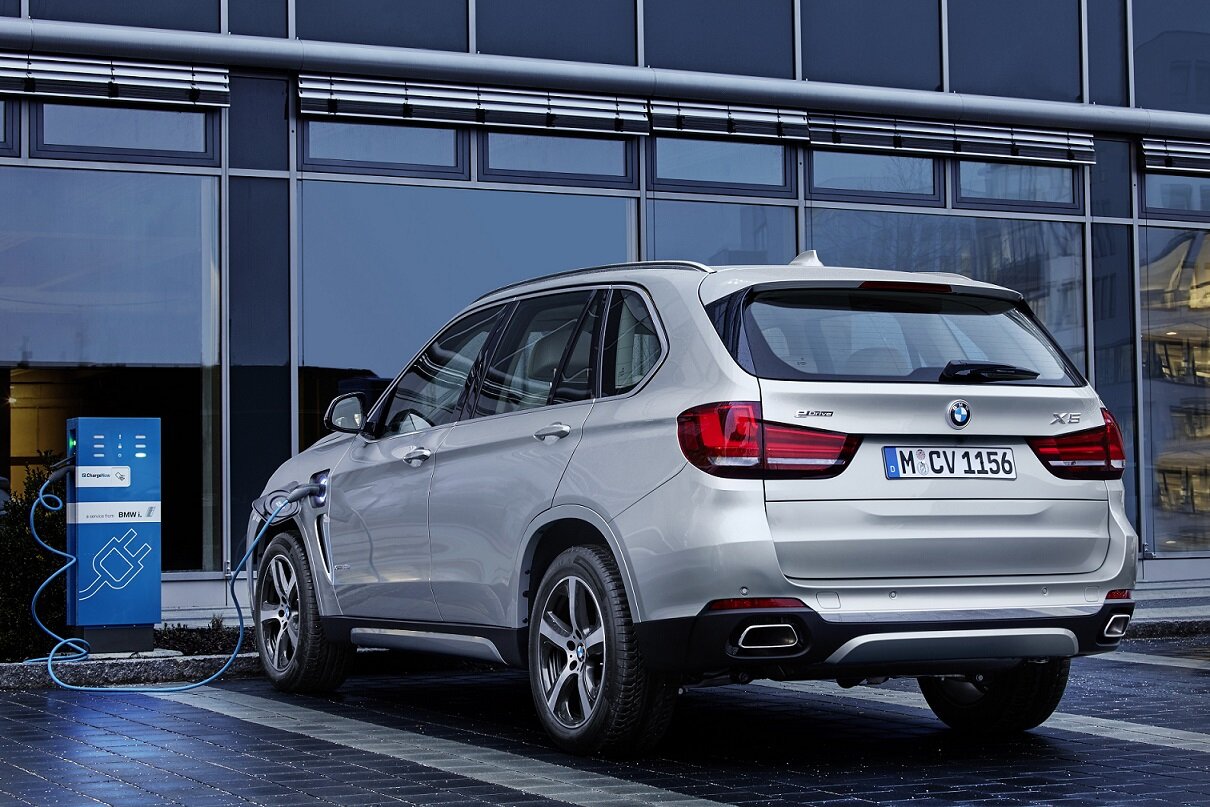
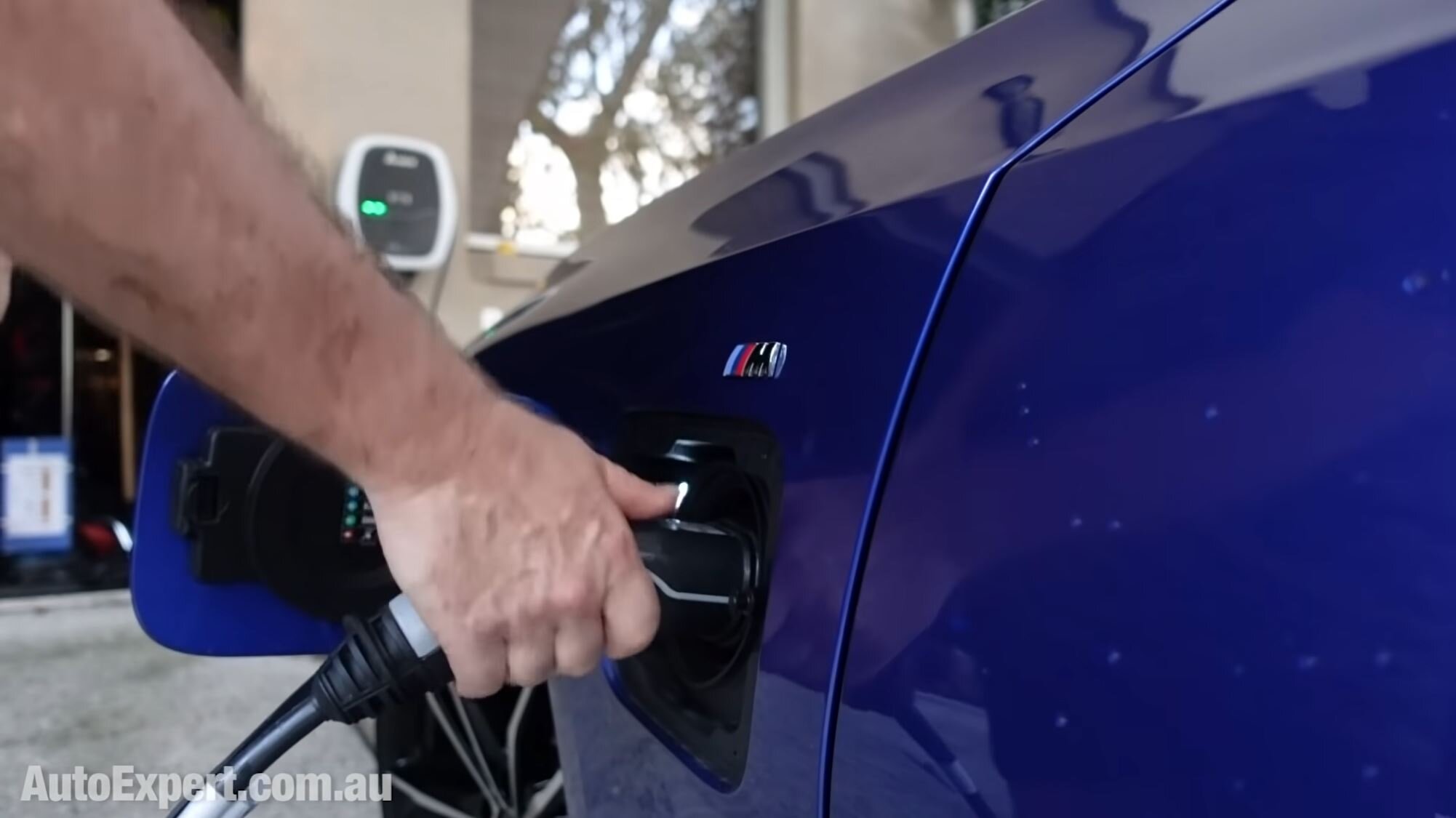







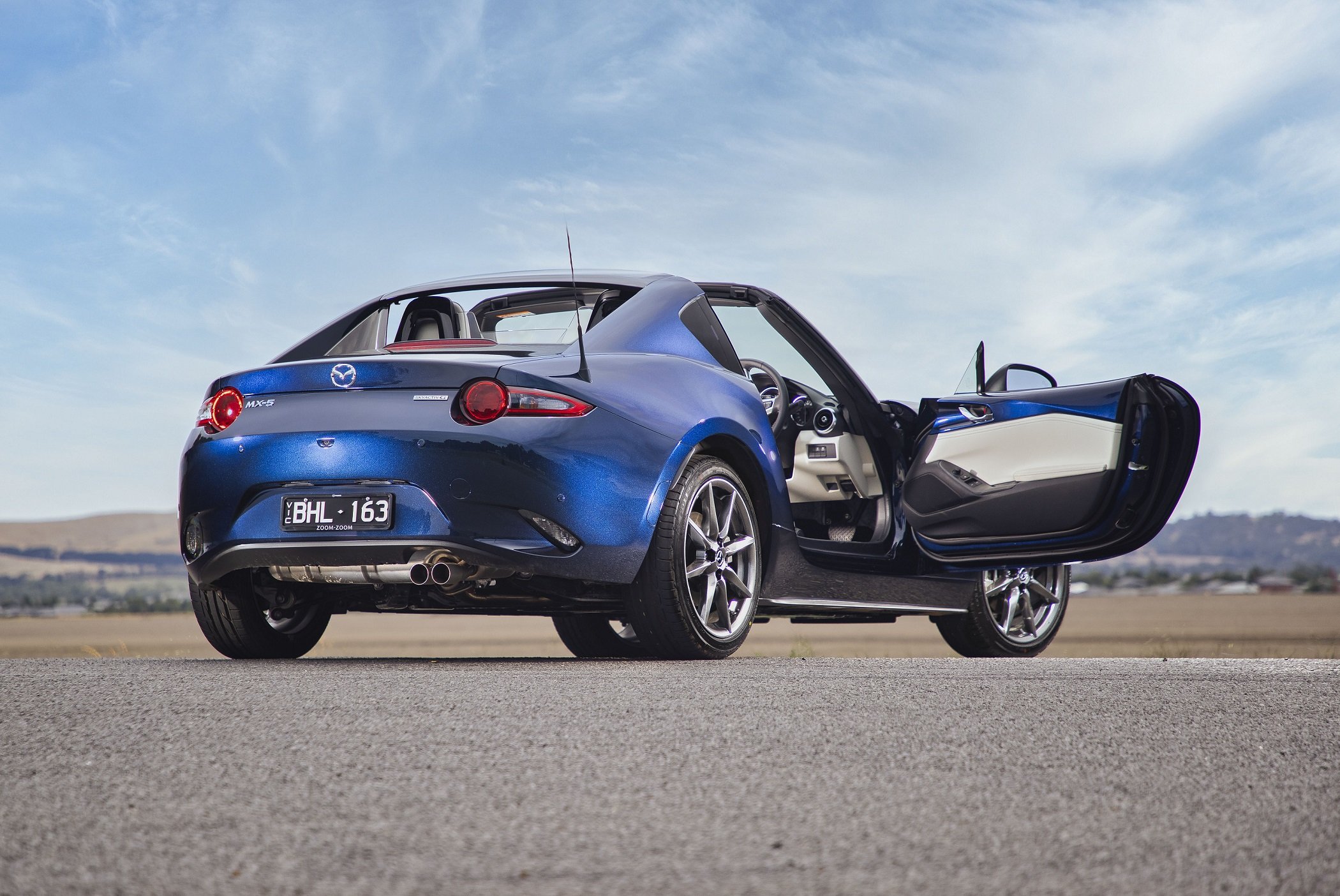



If family is forcing you to shop for an SUV because it’s fashionable, the fast family performance sedan icon, now has a big boot. Long live the wagon - to hell with the status quo. Here’s what you need to know…